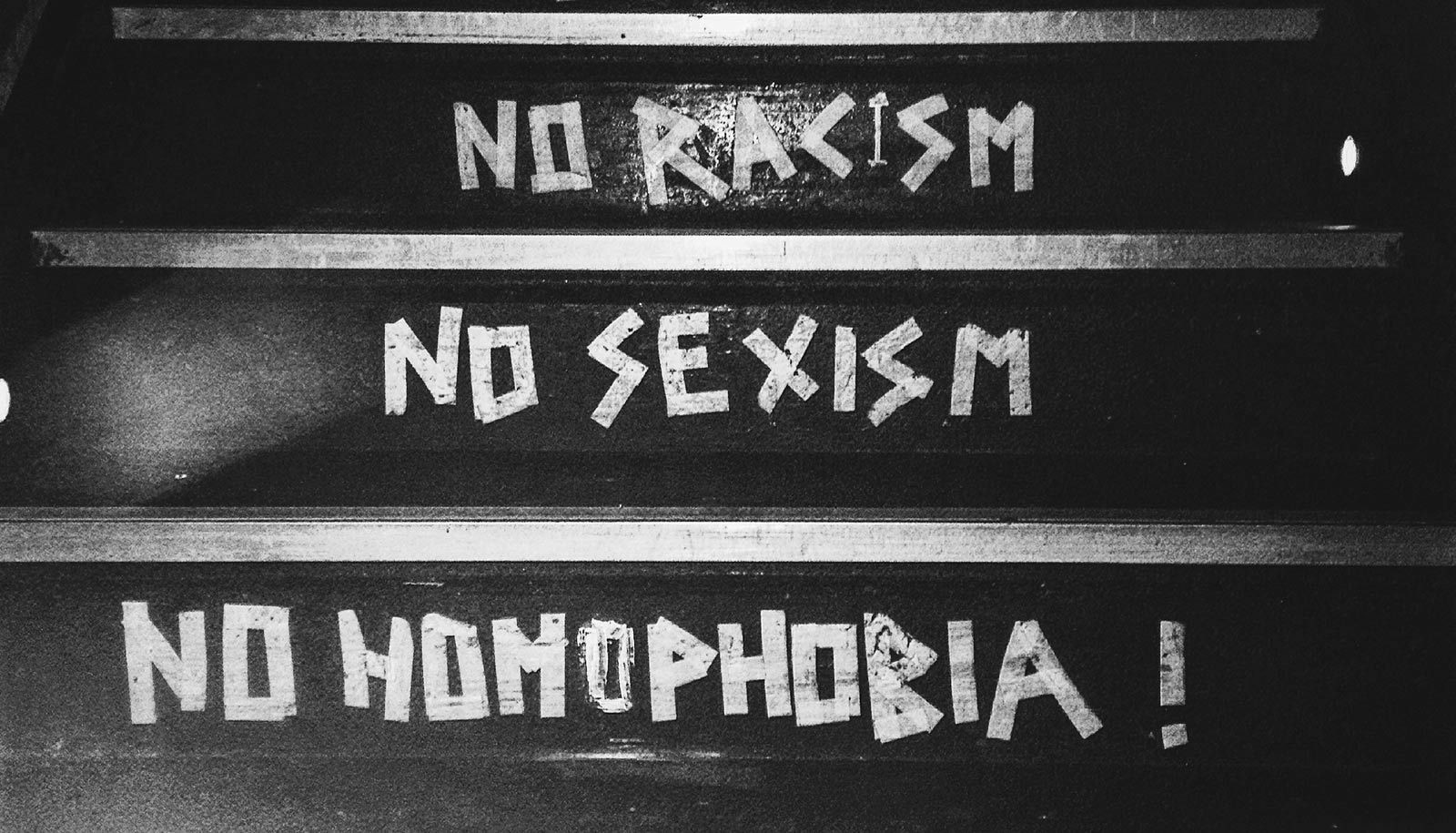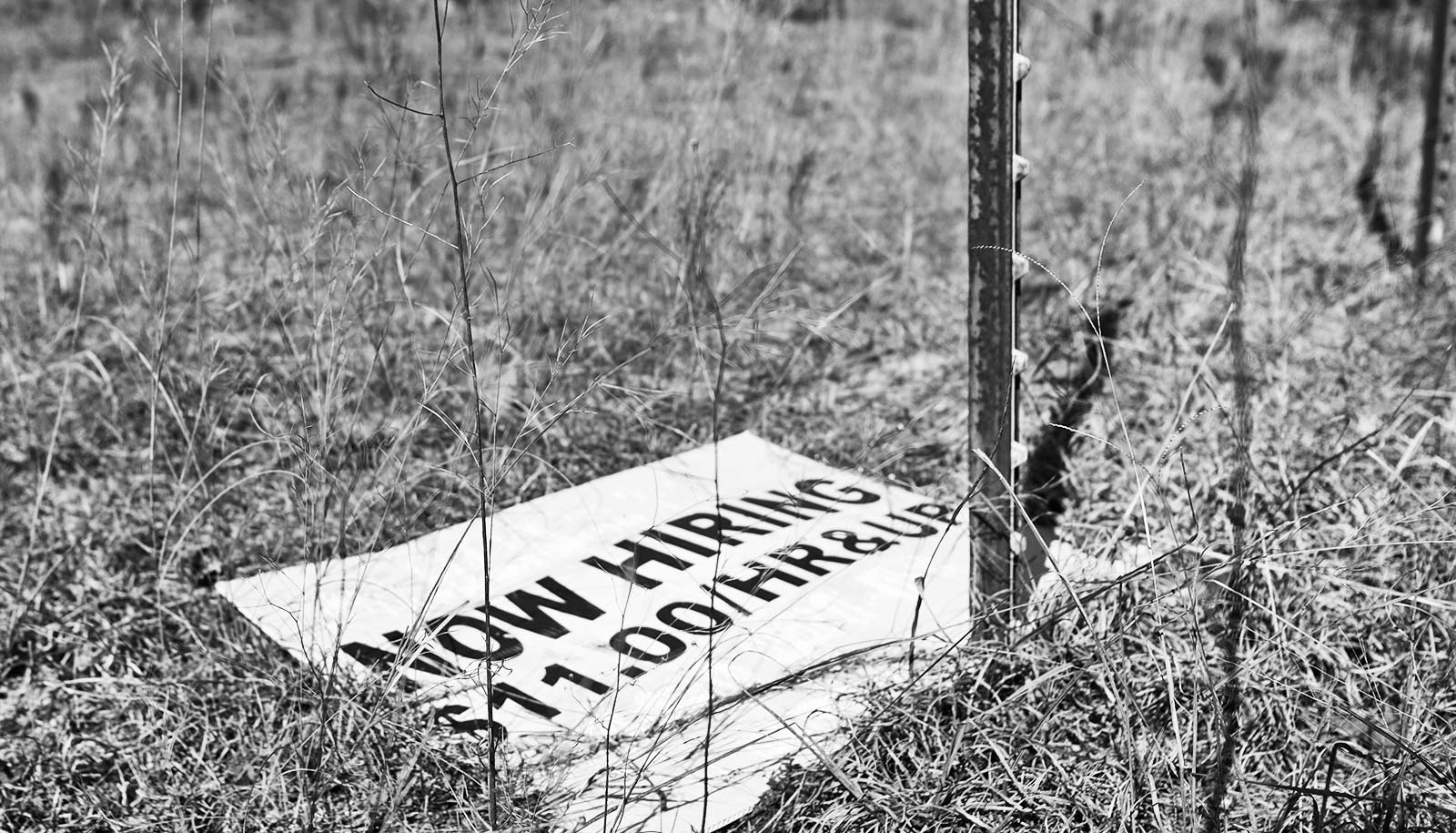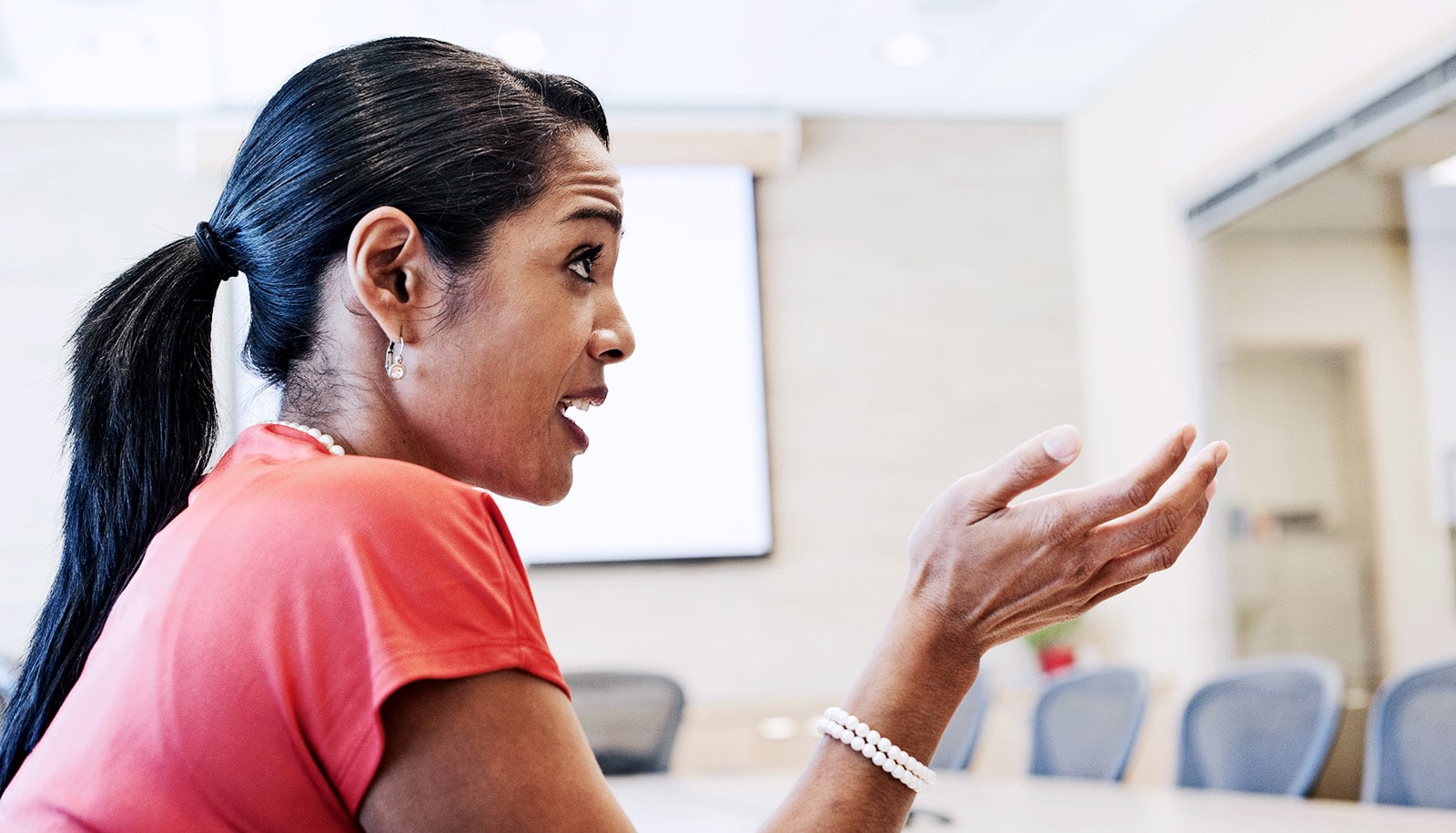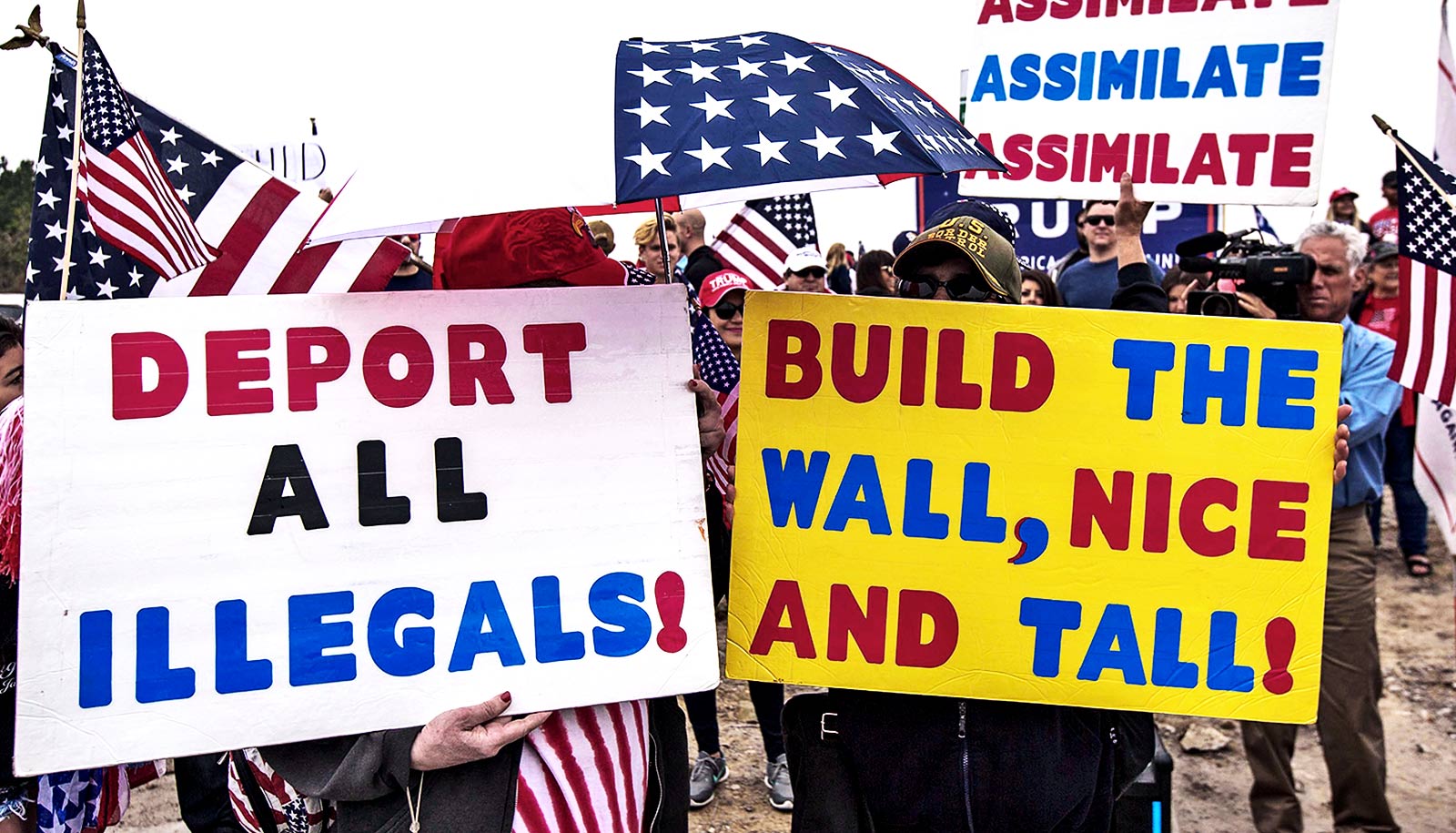Who, exactly, counts as a bigot? A new book on civil rights and marriage law considers the term closely.
Linda McClain wants you to know that even though people can’t physically be together right now, thanks to the coronavirus pandemic, they can still help reduce prejudiced and bigoted views through remote social interactions, whether through phone calls, Zooms, social media correspondence, or texting.
“I hope we will find new ways to engage in social contact across boundaries and foster solidarity and reduce prejudice,” says McClain, professor of law at the Boston University School of Law.
She has been an investigator of bigotry in all its ugly forms since before the 2016 presidential election—when the term “bigot” seemed to reenter the day-to-day lexicon of Americans. McClain has spent years digging through archives of civil rights and marriage law to uncover the meaning of bigotry—which Merriam-Webster defines as “obstinate or intolerant devotion to one’s own opinions and prejudices”—and how it stokes the fires of gender, racial, and other forms of discrimination.
In her recently published book, Who’s the Bigot? Learning from Conflicts over Marriage and Civil Rights Law (Oxford University Press, 2020), McClain examines how political and legal disagreements over bigotry have helped change the course of history, and the hearts and minds of millions of Americans. She also delves into all the ways that bigotry, past and present, is shaping how Americans view religion, gender, and race today.
“People want to learn from the past and [how not to] repeat it,” McClain says. They also don’t want to “fail to recognize new forms of injustice.”
Here, McClain talks about her research on bigotry and some key cases now in front of the US Supreme Court that could redefine who bigots really are. An excerpt of her book is available here.
How did your research for your book first start?
I started [research for my book] in 2013, when former Justice Anthony Kennedy wrote the majority opinion in a landmark same-sex marriage equality case, United States v. Windsor. Edith Windsor, a vibrant 81-year-old woman, had sued the federal government because when her spouse, Thea Spyer, died, Windsor didn’t qualify as a surviving spouse under federal law. Justice Kennedy ruled that was unconstitutional, writing at length about the dignity the couple deserved, remarking that Congress had written inequality into the entire United States Code [of laws]. In reading and analyzing the dissenting arguments, you can see that Chief Justice John Roberts and Justice Samuel Alito [accuse] Justice Kennedy [of] branding members of Congress as bigots, arguing that his stance equates people who have traditional beliefs in marriage to bigots or superstitious fools.
I was very interested in finding out what exactly the dissenters meant, since the opinion written by Justice Kennedy never used the word bigot [to describe members of Congress], but [nonetheless it] was read by the dissenters as somehow branding people as bigots. [Then, in the process of writing my book,] the 2016 presidential campaign got underway, and suddenly there was a dramatic spike in daily references to bigotry and heightened concerns about condemning bigotry in all its forms.
What issues of gender equality do you see at the current forefront of our society?
It’s clear that the COVID-19 pandemic has highlighted the intersection of gender, race, and class inequalities and spurred new discussion about the US as an outlier in terms of lacking paid family or sick leave at the federal level—even though some states have already adopted such measures. Women are disproportionately represented both among essential workers, putting them at higher risk of contracting COVID-19, and among some of the low-wage workers who have been laid off and are now lacking adequate family and medical leave, as well as job security. While the image of the white, male, blue-collar worker still comes to mind when people think of the working class that is under threat due to a changing economy, this ignores the prevalence of women, especially women of color and immigrant women, as service industry workers, [particularly] in-home health aides, and other caretaking jobs.
You recently wrote an op-ed about how social contact is one of the best tools to fight against prejudice and stereotyping—and how President Trump has been using divisive language during the pandemic. What can people do during this time, when we can’t come together physically, to oppose bigotry?
On the one hand, engaging in safe practices [to prevent the spread of coronavirus] could lead to feelings of solidarity rooted in a shared vulnerability. As President Obama used to say, “We’re all in this together. That’s who we are.”
But the polarization in the US makes that solidarity challenging. Wearing masks or staying at home have become flash points for [protestors] demanding “liberty” and using inflammatory rhetoric. It felt like a flashback to President Trump’s comments after [the 2017 Unite the Right rally in] Charlottesville, Virginia, (he said there was blame on “both sides,” equating white nationalists to counter protesters) when he remarked that the pro-Trump armed protestors in Michigan who recently defied and threatened Governor Gretchen Whitmer [for extending emergency orders to keep businesses closed amid the pandemic] were “very good people.”
At the same time, the many news stories highlighting that social distancing is a privilege [have] shed light on another challenge: addressing the inequalities of class, gender, and race. As so much social contact is now through social media instead of in the literal public square, I hope we will find new ways to engage in social contact across boundaries and foster solidarity and reduce prejudice.
Did anything surprise you while you were researching for your book?
It was striking how much more frequently the language of bigotry featured in the context of racism, anti-Semitism, and nativism, rather than sexism. One of the things I say in my book is that bigotry is a rhetorical tool. Someone says, “you are branding me a bigot!” and that’s like a tactic for saying, “I’m not like those odious racists of the past! How can you apply that to me?”
There was a time not long ago where we segregated bathrooms based on race. In the present-day controversies over “bathroom bills” and the rights of transgender persons, some argue there is a powerful analogy between sorting people based on race, and telling someone they’re not allowed to use this bathroom because we don’t want to recognize their gender identity. Others counter, “biology is not bigotry!” and that religious beliefs that being a male or female is immutably fixed at birth can’t be bigoted.
In the last chapter of my book, I mention that there are current cases before the US Supreme Court that raise these issues. In R.G. & G.R. Harris Funeral Homes Inc. v. Equal Employment Opportunity Commission, the funeral home owner fired a transgender female employee, Aimee Stephens, because she planned to live and work as a woman and wear a skirt-suit to work. She argued that her firing was a form of sex discrimination and the federal court of appeals agreed. Part of the issue before the US Supreme Court is, what is the scope of sex discrimination? Does that include discrimination based on gender identity or sexual orientation? Some of the [court case briefs] for Stephens argued that we would not allow a business owner to discriminate based on customers’ racial preferences, so why would they allow them to discriminate based on gender?
What are some of the biggest takeaways you hope your book’s readers will have?
No one wants to be called a bigot, so people often flip the charges of bigotry. When Congress debated the landmark Civil Rights Act of 1964, some opponents of the bill denied that segregation was a form of bigotry. Instead, they argued that the proponents of the bill were the real bigots. A less obvious takeaway is that while condemning bigotry seems to be a shared value with a long history, political battles over bigotry are often sharply polarizing because politicians disagree over which views and actions are forms of bigotry. I’ve found that people continue to quote the words of George Washington, “happily, the Government of the United States, which gives to bigotry no sanction, to persecution no assistance,” to both affirm the national commitment to condemning bigotry, and also to argue that public officials are failing to honor it.
Should we still use the word bigot, since it is thrown around so much?
The term is so evocative—again, no one wants to be called a bigot—that there are contexts in which it makes sense to use the term sparingly. There are powerful historical lessons about forms of discrimination and inequality that I think many people would agree warrant the term bigotry. People want to learn from the past and not repeat it or fail to recognize new forms of injustice, which is often what motivates calling out bigotry. But the term bigot has a certain connotation of someone who is impervious to moral learning, and so calling someone a bigot seems to suggest that they are beyond redemption or not worthy of redemption. The idea of the bigot as stubborn is in conflict with the idea that it is possible for a prejudiced person to learn or overcome prejudice.
What gives you hope for the feminists of the future?
My students are startled when they read feminist agendas from the 19th century and the early 20th century, that [advocate for] paid child care, reproductive self-determination, and access to jobs [un]restricted by sex. Much of that agenda remains today. They are also inspired by historical figures like Pauli Murray, the first African American woman to become an Episcopal priest, who was at the forefront of movements for racial justice, gender equality, and human rights—she persevered to receive a law degree from University of California after being denied by Harvard University because of her gender. Before the concept of intersectionality entered the legal lexicon, thanks to the work of Kimberlé Crenshaw, who coined the term in 1989, Murray demonstrated it in her own life and activism.
The strong civic engagement by young women is an inspiration to me, and the activism of many BU LAW students and recent college graduates gives me hope. While she was in college, my younger daughter, Katherine, worked for three years to get Princeton University to put free menstrual products in campus bathrooms. That came to fruition after she graduated. I believe that young people can learn a lot of lessons from prior social movements aiming at gender equality.
Source: Boston University



